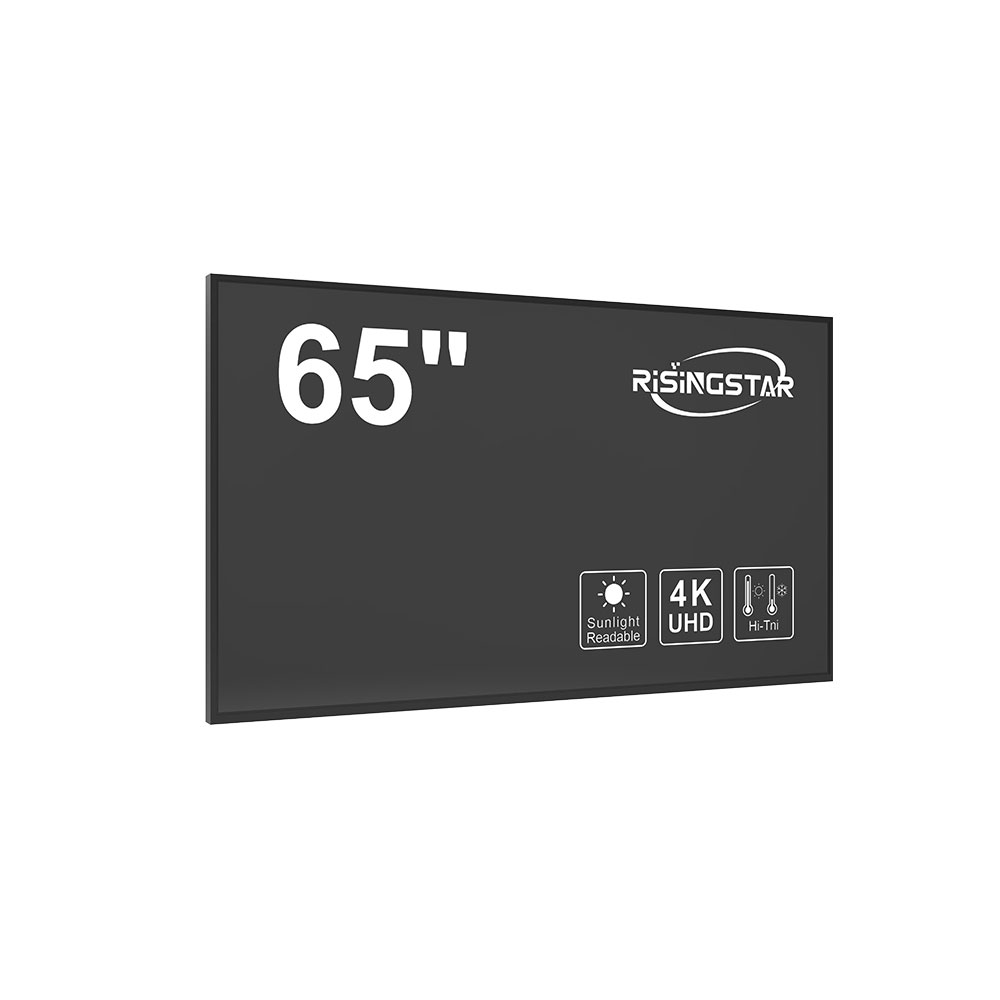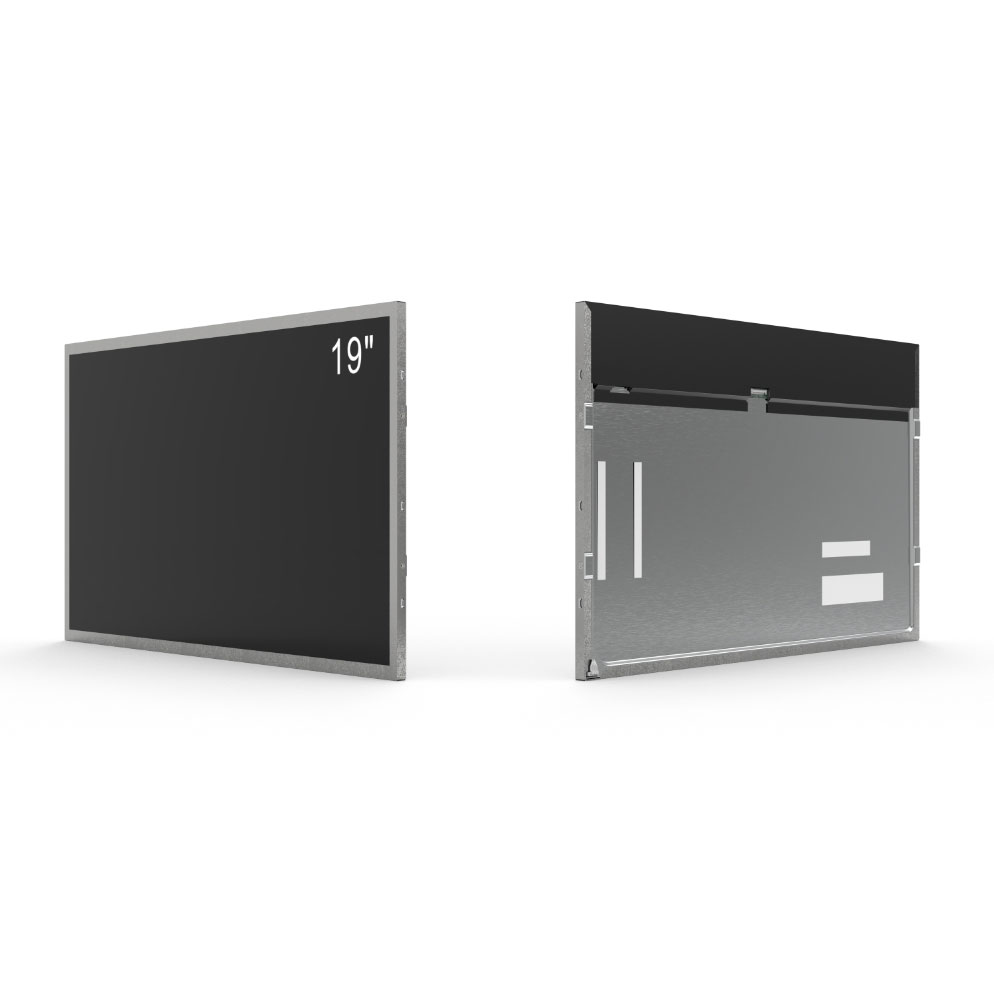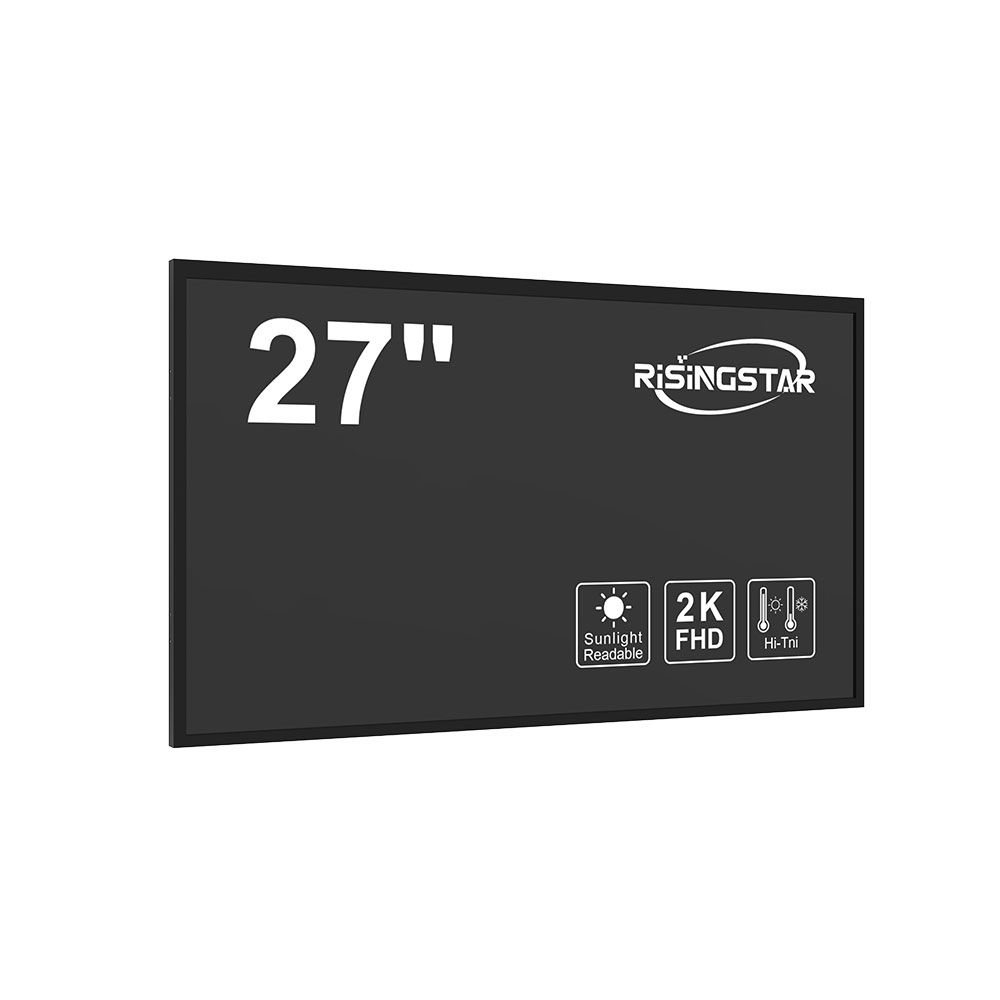- Home
- About Us
- Products
- News
- Video
- Contact
- Send Inquiry
Search
- Home
- About Us
- Products
- News
- Video
- Contact
- Send Inquiry

When selecting an outdoor LCD display for applications such as digital signage, transportation hubs, or public safety monitoring, it’s essential to prioritize durability, brightness, and environmental resilience. Unlike indoor displays, outdoor screens must withstand extreme temperatures, humidity, UV exposure, and physical impacts—often in remote or unattended locations.
First, evaluate the display’s brightness. Industry standards recommend a minimum of 5,000 nits for full sunlight visibility, with high-end models reaching 10,000 nits or more. This is crucial for maintaining legibility during peak daylight hours without increasing power consumption unnecessarily. For example, a 7,000-nit display tested in Dubai’s desert climate showed 98% readability at noon under direct sunlight, while a 3,000-nit unit became nearly invisible.

Second, assess the Ingress Protection (IP) rating. An IP65 or higher rating ensures protection against dust and water jets—vital for coastal or rainy environments. Case studies from Tokyo subway stations demonstrate that IP68-rated panels lasted over 5 years without degradation, whereas IP54 units required frequent maintenance due to moisture ingress.

Third, consider thermal management. Outdoor LCDs should operate reliably between -30°C and +60°C. Advanced heat dissipation systems like passive heatsinks and active cooling fans are critical for long-term performance. A recent deployment in Alaska used a dual-fan system with smart temperature control, reducing screen failure rates by 72% compared to single-fan models.
Finally, verify compliance with international certifications such as CE, FCC, and RoHS. These ensure electromagnetic compatibility, safety, and environmental responsibility. For instance, a municipal government in Berlin chose only RoHS-certified displays to meet EU sustainability regulations.
Choosing the right outdoor LCD isn’t just about specs—it’s about aligning performance with real-world conditions. By prioritizing brightness, sealing, thermal stability, and certification, you ensure operational continuity, lower total cost of ownership, and superior user experience—even in the harshest environments.
